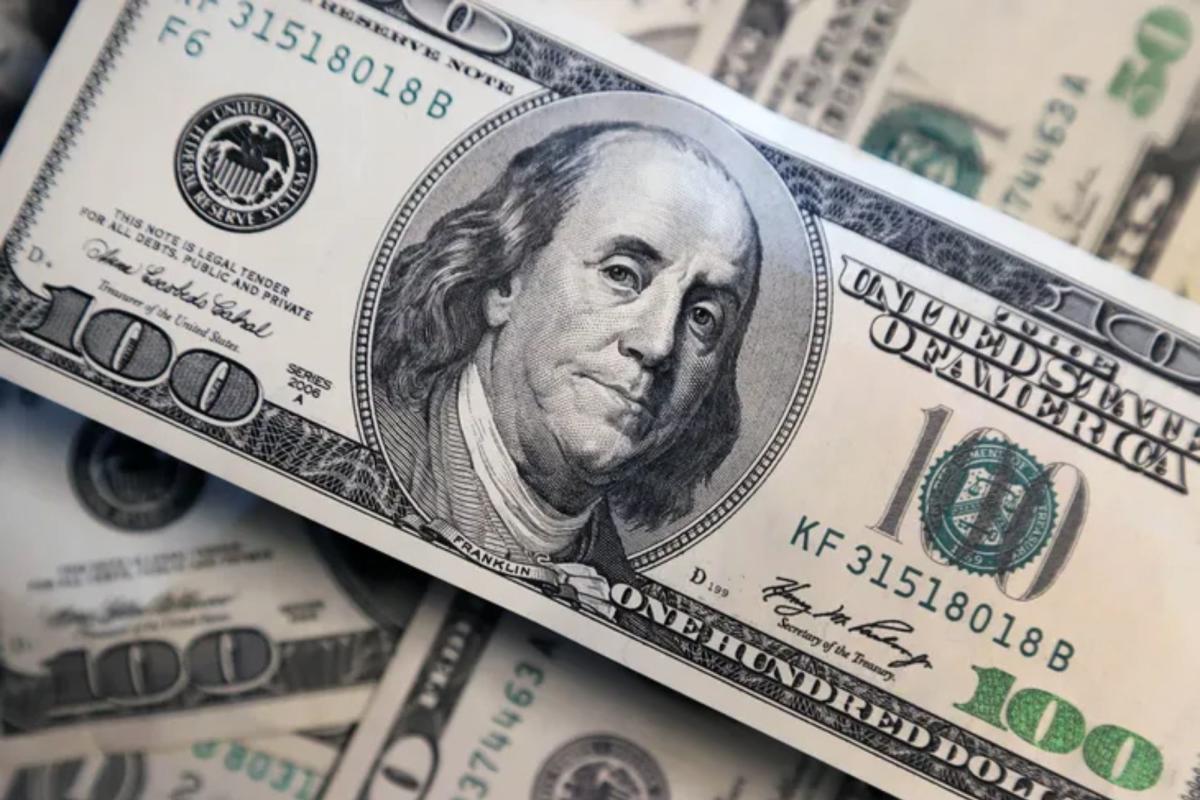Introduction To Dollar to PKR
The exchange rate between the US Dollar (USD) and the Pakistani Rupee (PKR) holds significant importance for Pakistan’s economy. As a developing country, Pakistan relies heavily on imports, foreign investments, and remittances from expatriates, making the USD-PKR exchange rate a critical factor in determining the cost of goods, inflation levels, and economic stability. Similarly, the exchange rate of dollar to PKR is also crucial for trade and financial transactions with the United Kingdom, another major trading partner.
In this article, we will explore the dynamics of the Dollar to PKR exchange rate, the factors influencing it, and its impact on Pakistan’s economy. We will also touch on the Pound to PKR rate, as it affects similar economic dimensions.
Understanding Dollar to PKR
The Dollar to PKR exchange rate represents the value of one US dollar in terms of Pakistani rupees. For instance, if the rate is 300 PKR, it means one dollar equals 300 Pakistani rupees. This rate fluctuates daily due to multiple factors, including global market trends, local demand and supply of foreign currencies, and political developments.
Historical Overview
Over the years, the Dollar to PKR rate has experienced significant volatility. In the early 2000s, one dollar was valued at approximately 60 PKR. However, due to factors such as rising imports, increasing debt, and political instability, the rupee has steadily depreciated, reaching an exchange rate of over 300 PKR in 2024.
The depreciation of the rupee can be attributed to several factors:
- Current Account Deficit: Pakistan imports more than it exports, leading to a constant outflow of dollars.
- External Debt: Servicing external loans requires the country to maintain a reserve of dollars, creating demand for the currency.
- Political Instability: Uncertainty in governance affects investor confidence and currency stability.
Key Factors Influencing the Dollar to PKR Exchange Rate
- Inflation
Countries with low inflation rates generally see their currencies appreciate relative to others. Conversely, high inflation in Pakistan weakens the rupee compared to the dollar. - Interest Rates
Higher interest rates attract foreign capital, strengthening the local currency. However, Pakistan’s high-interest rates are often offset by inflation and economic instability, weakening the rupee. - Foreign Exchange Reserves
The State Bank of Pakistan (SBP) plays a vital role in maintaining currency stability. Low foreign reserves lead to depreciation, as the central bank is unable to intervene effectively. - Remittances and Exports
Remittances from overseas Pakistanis contribute to the inflow of dollars, while exports generate foreign exchange. A decline in these areas increases the demand for dollars, weakening the rupee. - Geopolitical Events
Global geopolitical developments, such as oil price hikes or regional conflicts, impact Pakistan’s currency.
Impact of Dollar to PKR Fluctuations
The changing Dollar to PKR rate has wide-ranging implications for various sectors in Pakistan:
- Imports and Exports
- Imports: A strong dollar increases the cost of imported goods, such as petroleum products, machinery, and food items.
- Exports: While a weak rupee can make Pakistani goods more competitive internationally, the country’s dependence on imported raw materials offsets this benefit.
- Inflation
Currency depreciation leads to imported inflation, as goods priced in dollars become more expensive in local currency. - Debt Servicing
A weaker rupee raises the cost of repaying external debts, putting additional pressure on the national budget. - Investment
Currency instability discourages foreign investors, affecting economic growth. - Public Spending
A depreciating rupee limits the government’s ability to invest in infrastructure and development projects, as more funds are diverted to debt repayment.
Pound to PKR: Another Key Exchange Rate
Alongside the Dollar to PKR rate, the Pound to PKR exchange rate is also crucial for Pakistan, given its trade relations with the UK and the large Pakistani diaspora residing there.
Current Trends
The British Pound (GBP) is one of the world’s strongest currencies. As of 2024, the Pound to PKR exchange rate hovers around 400 PKR, reflecting a steady increase over the years due to similar factors affecting the Dollar to PKR rate.
Factors Influencing the Pound to PKR Rate
- Bilateral Trade
The UK is a significant trading partner for Pakistan, particularly for textile exports. The Pound to PKR rate directly impacts the profitability of these exports. - Remittances
Remittances from Pakistanis living in the UK play a crucial role in stabilizing the rupee. Fluctuations in the Pound to PKR rate affect the value of these remittances. - Economic Conditions in the UK
The UK’s monetary policies, inflation, and economic growth directly influence the value of the pound. - Global Economic Trends
Global shifts, such as Brexit or interest rate adjustments by the Bank of England, affect the Pound to PKR exchange rate.
Comparing Dollar to PKR and Pound to PKR
| Factor | Dollar to PKR | Pound to PKR |
|---|---|---|
| Current Rate (2024) | ~300 PKR | ~400 PKR |
| Major Influence | US monetary policy, oil prices | UK trade policies, Brexit |
| Impact on Exports | Textiles, IT services | High-end textiles, remittances |
While both rates are crucial, the Dollar to PKR exchange rate has a broader impact, as the US dollar is the world’s primary reserve currency.
Strategies to Stabilize the PKR
Given the challenges posed by the fluctuating Dollar to PKR and Pound to PKR rates, the following measures could help stabilize the rupee:
- Boosting Exports
Promoting export-oriented industries can generate foreign exchange and reduce reliance on imports. - Attracting Foreign Investment
Improving the business environment can encourage foreign investors, increasing the inflow of dollars and pounds. - Reducing Debt Dependence
Diversifying funding sources and reducing reliance on external debt can lower pressure on the PKR. - Strengthening Monetary Policies
The State Bank of Pakistan must adopt policies to control inflation and maintain exchange rate stability. - Encouraging Remittances
Facilitating remittance inflows through official channels can help stabilize the PKR.
Conclusion
The exchange rates of Dollar to PKR and Pound to PKR are vital indicators of Pakistan’s economic health. While the rupee’s depreciation presents challenges such as inflation and rising debt costs, it also provides opportunities for export growth and increased remittances.
Addressing the underlying issues, such as the current account deficit and political instability, is essential for stabilizing the rupee and ensuring sustainable economic growth. By implementing sound economic policies and promoting exports, Pakistan can mitigate the adverse effects of currency depreciation and strengthen its position in the global economy.




